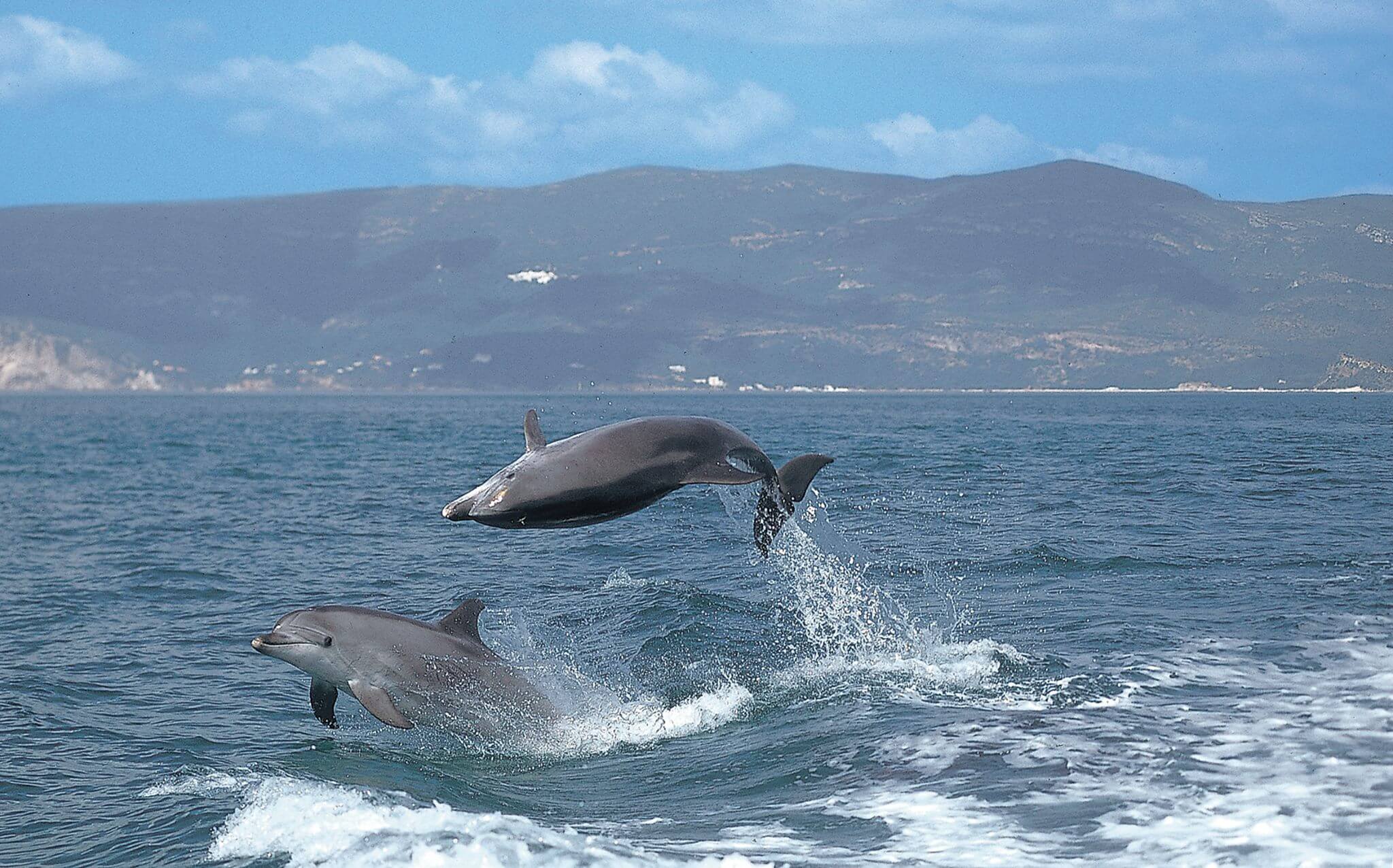Introduction
Biodiversity is a differentiating factor of TROIA RESORT; over 600 species have been listed, including:
- 233 plant species;
- 152 bird species
- 12 mammal species
- 11 reptile species
- 4 amphibian species
207 organisms living in the intertidal area.
Even in the urban centre one can find species that are highly important in nature, including the pallid swift and the free-tailed bat, for which dedicated shelters were built after the tower they occupied was demolished.
